-
Cadet death: East Siang Police arrests 3 Sainik School staffers
-
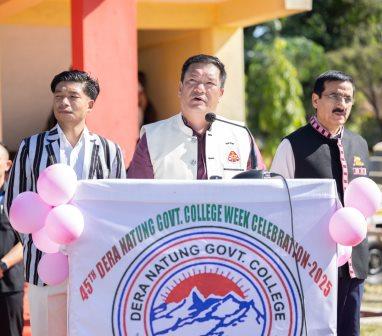 CM lauds DNGC for contribution to higher education over 46…
CM lauds DNGC for contribution to higher education over 46…
-
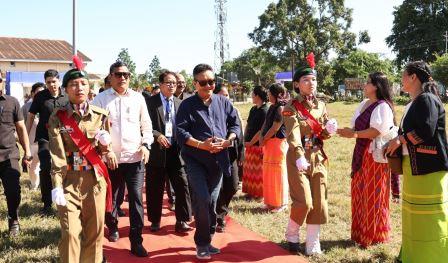 Sona stresses on holistic education to truly nurture future generations
Sona stresses on holistic education to truly nurture future generations
-
High school student found dead in school bathroom, no signs…
-
Young Birders’ Month celebrated in Ziro Valley
-
Trigonometry concludes 4th annual convention
-
Kamle, Capital shine as veterans rule the court at Rupa…
-
Basic disaster response training concludes
-
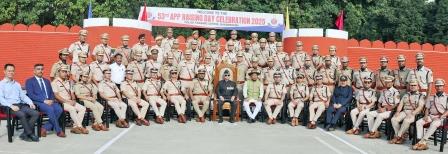 Governor graces Arunachal Pradesh Police Raising Day
Governor graces Arunachal Pradesh Police Raising Day
-
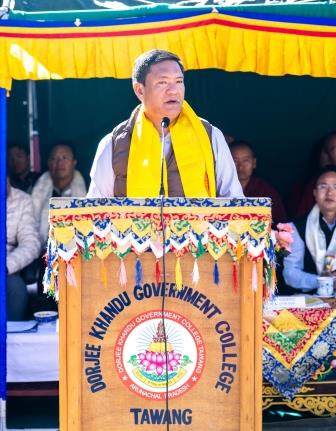 CM inaugurates new blocks of DK govt college
CM inaugurates new blocks of DK govt college
Vijoynagar and the word ‘remoteness’ have always been synonymous for years and the place has always made news due to its unending plights due to non-availability of the most basic of needs for human sustenance. However, this time it has captured attention due to a positive reason. After nearly 60 years since its discovery in 1961, the remote place has at last got something to integrate with the rest of the state and world. The 2G mobile services, even if out of date by current telecom technology standards, is still a prized possession for the people of the remote place. While the debate will definitely arise why it took nearly six decades for an integral territory within the Indian union to have a taste of something which is considered almost a fundamental necessity now, the phrase ‘better late than never’ fits finely to the occasion.
The rest of India, reading the news must have been taken aback to learn that even in 2020, there was a place which had no mobile network facilities. But this has been distressingly true and another hard truth is the unavailability of surface communication till date. The much-talked-about Miao-Vijoynagar road is still in the making and its timely completion is as much important for the country as it is for the place since it has got strategic importance in terms of territorial integrity and national security. Taking all the ‘realities’ plaguing Vijoynagar, it can aptly be categorised as a classic case of inequitable development which has remained unchanged even if the governments kept changing both at the Centre and in the state over these decades. But thankfully, with the initiation of the basic mobile services in Vijoynagar, the current state of affairs in terms of the overall outreach and quality of telecom services in the state in general has received attention. The pandemic has disrupted all normal educational activities and at a time when online teaching-learning is the only available alternative, the below-average condition of the telecom picture has been exposed more starkly like never before. Students want to learn, but the state’s telecom drawbacks are compelling them in many parts of the state to remain deprived of a fundamental right which is Right to Education. These ‘infirmity’ will be exposed further as the state takes up its assigned role in implementing the New Education Policy where a good amount of thrust has been given on e-learning.
For Arunachal which is geographically the largest in the NE, the most-effective way of furthering real integration is communication, either through telecom technology or through surface communication. State must work on these two important aspects with renewed zeal. Technology, in both the cases, must be embraced as a reliable tool for intra-state unity.
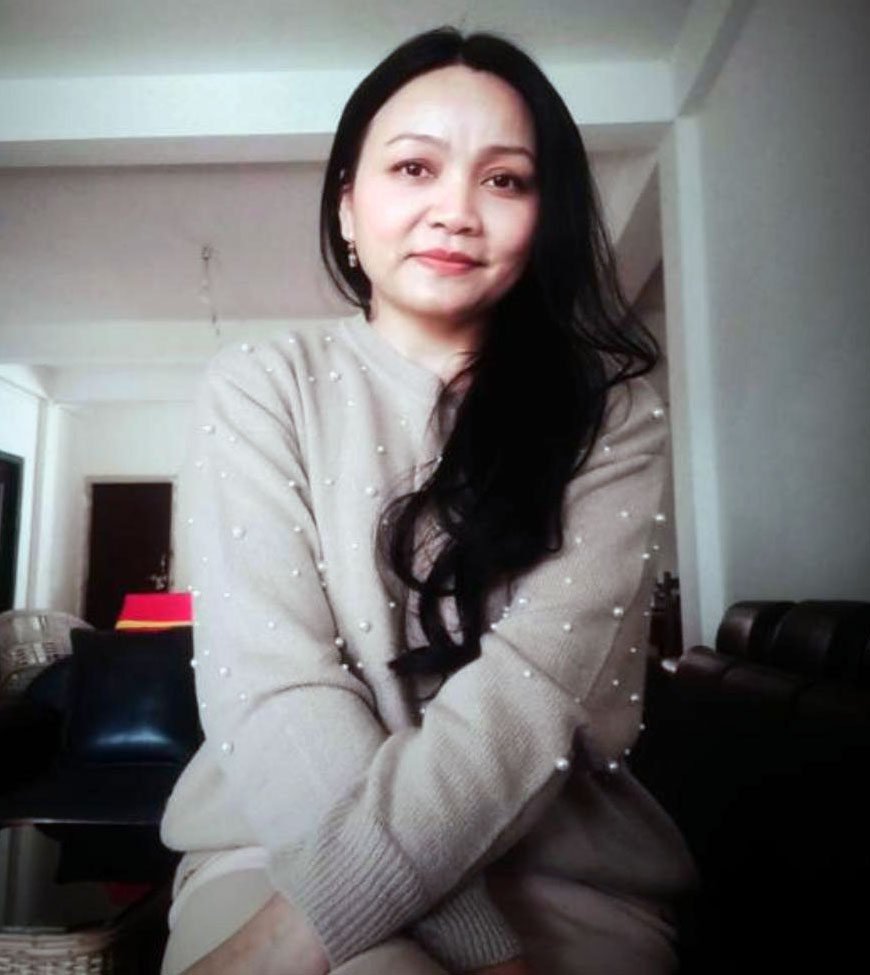
Kenter Joya Riba
(Managing Editor)She is a graduate in Science with post graduation in Sociology from University of Pune. She has been in the media industry for nearly a decade. Before turning to print business, she has been associated with radio and television.
Email: kenterjoyaz@easternsentinel.in / editoreasternsentinel@gmail.com
Phone: 0360-2212313

